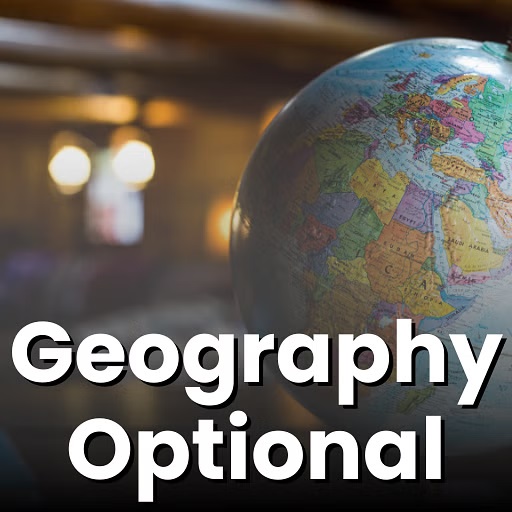Understanding the political fabric of India, particularly how many states in India in 2023, is not just about memorising names and their corresponding capitals. It’s about connecting with the pulse of the country, where each state and capital has its own unique story that contributes to the larger narrative of India.
Getting Acquainted with the Indian States
India’s landscape is vast and vibrant, with an amalgamation of cultures, languages, and traditions. Each state is a microcosm of the country’s diversity. To grasp this variety, one must start with the basics: the names of the states and their capitals. These are not just points on a map but the locales where history unfolds and the future is shaped.
It’s crucial to recognise that each state offers a distinctive blend of geographical features, from the snow-capped Himalayas in the north to the sun-drenched beaches in the south, which in turn influences the economic and social dynamics of each region.
Aspiring exam takers must not only memorise these details but also appreciate the significance behind them to master the subject truly.
Capitals: More Than Just Administrative Hubs
The capitals are not merely administrative seats but are the heartbeats of their states. They encapsulate the essence of the region’s history, culture, and politics. Learning about them is like unravelling the layers of India’s rich tapestry, where each thread is as significant as the whole. Delhi’s historical monuments, Kolkata’s literary heritage, Mumbai’s financial pulse – each capital tells a different story. These cities are living museums, and a deep dive into their past and present can provide invaluable context for a competitive exam aspirant.
Political Boundaries and Their Significance
The borders of a state are more than just lines on a map; they signify the extent of governance and influence. They tell tales of historical agreements and political decisions that have shaped the nation. Understanding these boundaries provides a clear picture of India’s political landscape, which is crucial for any competitive examination. Often, these boundaries also reflect the linguistic and cultural demarcations that exist within the country, adding another layer of understanding to the complex social fabric of the nation.
Recognising the reasons behind establishing these boundaries can give aspirants special insights into the socio-political history of India.
The Interplay Between States and the Central Government
India’s governance model is a federal structure where power is distributed between the central government and the states. Each state has a degree of autonomy, allowing them to preserve their unique identities while contributing to the union’s integrity. This balance of power is a critical concept for exam candidates to comprehend. The relationship between the centre and the states is dynamic and ever-evolving, often reflecting the political climate of the times. An understanding of this relationship is not only key to mastering Indian geography but also to grasp the nuances of the country’s polity.
A Journey Through India’s States and Capitals
Embarking on this learning journey takes one through bustling metropolises, serene towns, and everything in between. It’s a fascinating adventure that prepares aspirants not just for exams but for a deeper understanding of the country they inhabit. This journey is not only about memorisation but also about making connections with current events, economic trends, and cultural movements that shape the living history of India’s states and capitals.
As one delves into the stories of each capital, one discovers the heroes, events, and movements that have defined each state’s identity.
In conclusion, knowing how many states in India in 2023 and their capitals is a foundational step for any competitive exam aspirant. It is the gateway to understanding the country’s federal structure, regional identities, and cultural diversity.


